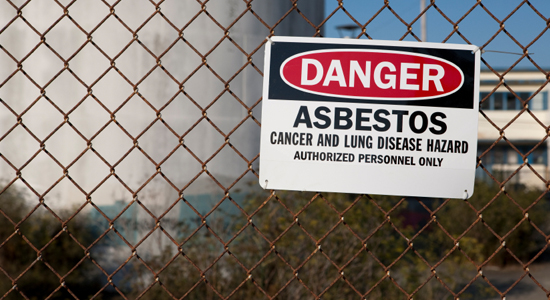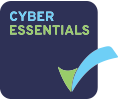Is COSHH on your agenda when looking at risks to your business?
Under the Control of Substances Hazardous to Health Regulations 2002, employers need to either prevent or reduce their workers' exposure to substances that are hazardous to their health. Many wrongly believe that simply providing some basic PPE will fulfil their responsibilities, this is not the case and as an employer you are legally required to consider:
What do you do that involves hazardous substances?
- Most people know that chemicals are covered by COSHH, but did you know things like dust, fumes, gasses and even biological agents (germs) are some of the other things covered by the regulation.
How can these cause harm and to whom?
- Are staff properly trained and is competence checked- don’t just assume an employee understands – check! We all learn at different paces and especially in the case of physical or mental impairment or a language barrier there may be a chance of them not understanding and something like this happening:
- An employee at a supermarket in Colchester, Essex, was cleaning an oven in 2016 when the chemical product he was using splashed his face. He was not wearing goggles and his left eye and eyelid were burned.
- The court was told that the employee had difficulties following written and verbal instructions due to a learning difficulty, which his manager was aware of and although there were goggles provided they were not stored properly or looked after.
- The company pleaded guilty to breaching s 2(1) of the Health and Safety at Work Act and regs 6 and 7 of the Control of Substances Hazardous to Health (COSHH) Regulations. It was fined £116,000 and ordered to pay £10,625 costs.
- Is access to substances restricted to authorised people only?
How can you reduce the risk of harm occurring?
- As part of this assessment you should look at firstly, can you avoid using the substance all together or could you use a less hazardous one that will do the same job?
- Training, Training, Training! Anyone likely to come into contact should be aware and know the risks.
- Can you change the way it’s used or managed, such as using a vacuum cleaner instead of a brush or could a liquid be changed to a solid to prevent splashing?
- Use measures like local extraction ventilation (LEV) which extracts the substance at source to reduce the risk.
- Only substances approved by the company that have been properly risk assessed should be used.
- Pay attention to workplace exposure limits.
And finally, as an absolute last resort PPE should be used where a risk cannot be removed by other control measures its important to note that if PPE is issued:
- Correct PPE is chosen for the specific hazard you are protecting against – and that it fits properly!
- A record of issue is kept.
- Users are properly trained in its use and know what to do to check it is safe for use and what to do to get it replaced if not.
- Records of inspection are kept.
Unfortunately things can still go wrong so you must provide things for use in an emergency, like eye wash stations, in the case of some hazardous chemicals an emergency drench shower, spill kits and people trained to use them.






